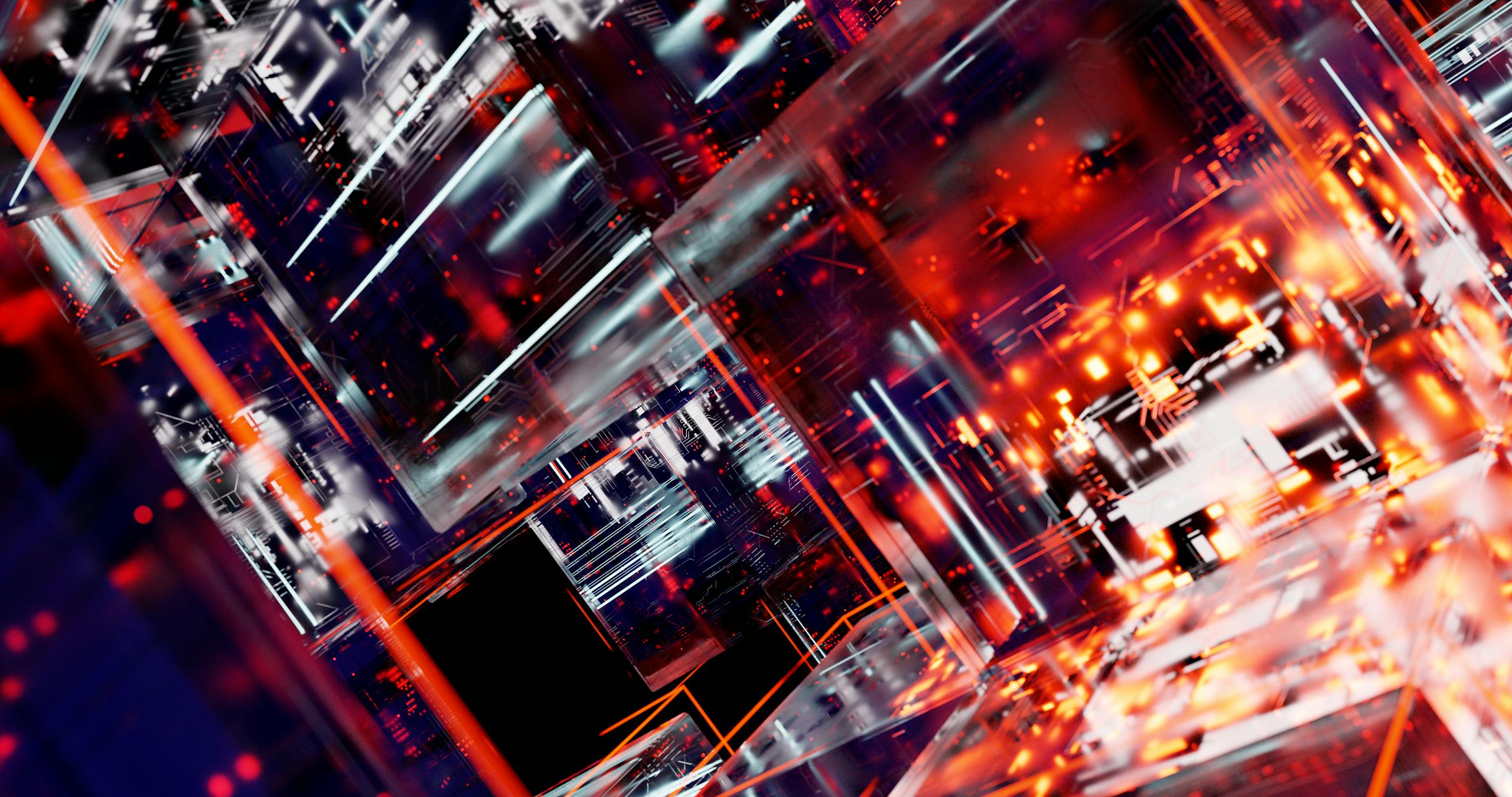Cybernetic Systems Theory: The Foundation of Modern Technology
In a world driven by algorithms, artificial intelligence, and smart systems, few people realize that the foundation of these marvels was laid decades ago through a concept known as Cybernetic Systems Theory. Originating in the 1940s and 1950s, this interdisciplinary theory has influenced everything from modern computing to biology and even social sciences. Whether you’re interacting with a chatbot, driving a Tesla, or optimizing a business process with AI, cybernetics is working behind the scenes.
Cybernetics is the study of systems, control, and communication in animals, machines, and organizations. It’s about how systems self-regulate, learn, and adapt based on feedback loops — a concept now central to many modern technologies. Understanding this theory not only gives us insight into the evolution of technology but also offers a blueprint for the future of innovation.
In this blog post, we’ll explore the origins of Cybernetic Systems Theory, how it works, and why it is the hidden backbone of today’s technological revolution. We’ll also see how it’s influencing current breakthroughs in AI, robotics, and automation. If you’ve ever wondered how your devices “think,” this is the deep dive you’ve been waiting for.
What is Cybernetic Systems Theory?
Cybernetic Systems Theory is a framework for understanding how systems operate, communicate, and maintain stability through feedback. The word “cybernetics” comes from the Greek word *kybernetes*, meaning “steersman” — which makes sense because cybernetics is all about steering systems toward desired outcomes.
Pioneered by Norbert Wiener, cybernetics first emerged as a way to analyze control systems in machines and living organisms. According to Wiener, any system — whether biological, mechanical, or social — can be studied in terms of feedback loops, input-output relations, and information flow.
These feedback loops are what allow a thermostat to regulate temperature, or a self-driving car to adjust its trajectory. It’s the same principle used in AI models that “learn” from new data, adjust predictions, and improve over time.
Want a deep dive into the origins of cybernetics? Check out this article from Stanford Encyclopedia of Philosophy.
Feedback Loops: The Heart of Cybernetics
At the core of cybernetics is the concept of the feedback loop. This refers to the process of taking the output of a system and feeding it back into the system as input. Feedback can be positive (amplifying changes) or negative (reducing deviations).
For example, in an air conditioner, a thermostat monitors room temperature and sends a signal to turn the unit on or off depending on the desired setting. This is a negative feedback loop, working to maintain stability.
In contrast, social media algorithms use positive feedback loops. The more you interact with certain content, the more of it you’ll see, reinforcing behavior and preferences.
This concept is now central to technologies like machine learning, where models adjust based on continuous input and results — similar to how the brain learns from experience.
More on the power of feedback in modern AI? Here’s an insightful guide from IBM’s AI resource center.
Applications in AI and Robotics
Cybernetics has found a natural home in fields like artificial intelligence, robotics, and autonomous systems. These technologies rely on sensors, actuators, and control algorithms that form the same kinds of feedback loops described in early cybernetic theory.
A self-driving car, for example, continuously gathers input from cameras and LiDAR sensors, processes this data, and adjusts steering and speed accordingly. This mimics the cybernetic model of sensing, computing, and acting.
In robotics, cybernetic principles are used to create machines that can balance, walk, and even make decisions in unpredictable environments. AI systems also use similar loops to optimize for better results over time, making them “smarter” the more data they process.
Read about modern robotics using cybernetic principles in this feature by IEEE Spectrum.
Cybernetics Beyond Technology
While cybernetics is deeply tied to engineering and tech, its impact goes far beyond that. It has influenced economics, psychology, ecology, and even education. In fact, systems thinking in management and business often owes its logic to cybernetics.
Organizations are now viewed as systems that must adapt, learn, and respond to environmental feedback. This perspective is central to modern business models and strategic planning frameworks.
Cybernetics is also being applied to sustainability efforts. Feedback loops are studied in ecosystems to understand how different species and environmental factors self-regulate.
If you’re into systems thinking, you’ll enjoy this article from The Systems Thinker.
Cybernetic Theory in Everyday Technology
Most people don’t realize how often they interact with cybernetic systems. Here are some real-world examples:
– **Smartphones** use sensors and feedback to adjust brightness, orientation, and voice recognition.
– **Fitness trackers** monitor heart rate and physical activity, adapting your workout goals.
– **Chatbots** and virtual assistants like Siri or ChatGPT adjust responses based on user input.
– **E-commerce algorithms** recommend products based on your browsing history.
In short, nearly every modern digital device or software application uses cybernetic principles to enhance usability, automation, and personalization.
Learn more about cybernetics in modern computing on ScienceDirect.
Why Cybernetics Matters Today
As we move further into the age of AI and hyperconnectivity, the relevance of cybernetics only grows. It provides the theoretical foundation for understanding complex adaptive systems, whether in digital technology, organizations, or society at large.
With the rise of decentralized systems like blockchain, edge computing, and neural networks, cybernetics offers tools for managing complexity, autonomy, and adaptability. It encourages a holistic, system-level view that is essential in designing sustainable and scalable solutions.
Cybernetics isn’t just history — it’s a living, evolving theory still shaping tomorrow’s technology.
Conclusion
Cybernetic Systems Theory is not just a relic of the past; it’s the pulse behind modern technology. From AI and robotics to ecosystems and business models, its influence is vast and growing. Understanding cybernetics allows us to see the hidden structures behind technological innovation and societal systems.
As we build the future with smarter machines and more interconnected systems, cybernetics will remain a critical framework for ensuring they are intelligent, responsive, and sustainable.
Want to stay ahead of tech trends and deep knowledge like this? Join our WhatsApp community and be part of the conversation.


